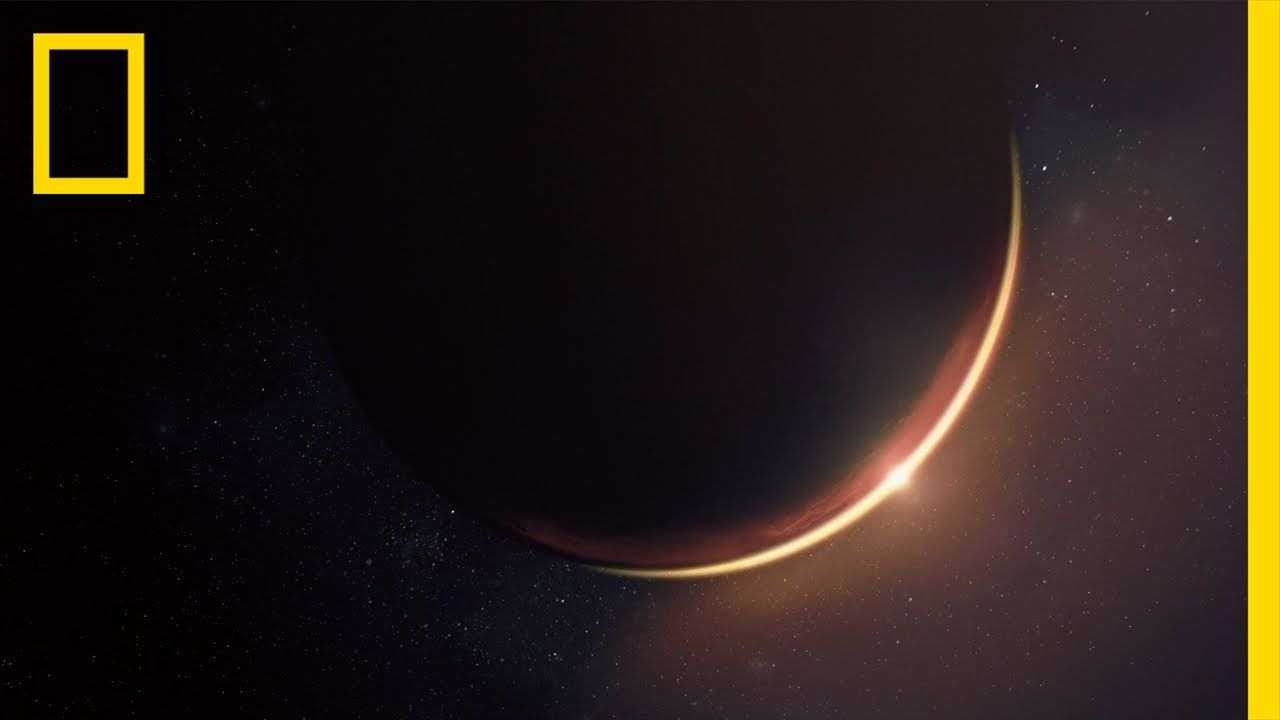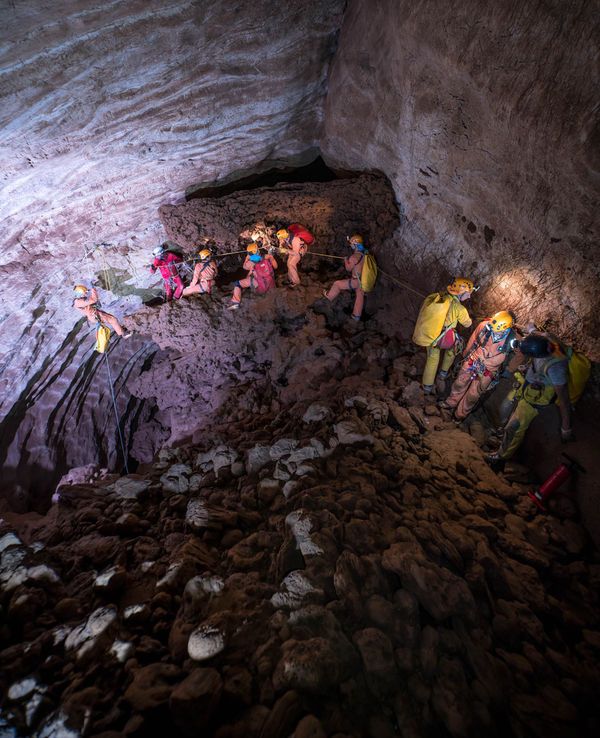Great news!
Moon Express gets federal OK to try first private flight to moon in 2017.
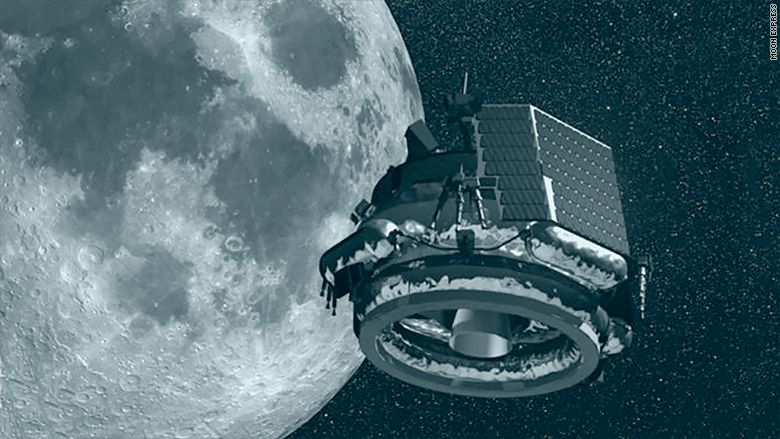
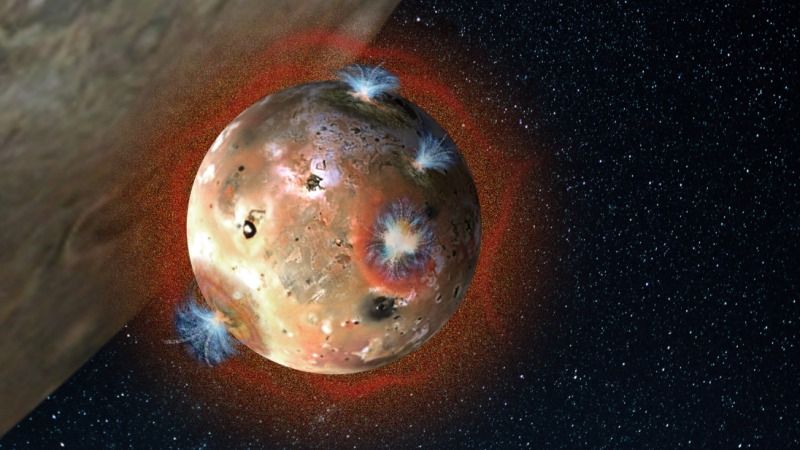
Reason number 9,000 not to colonize Jupiter’s moon Io: not only is it a frigid hellscape covered in eruptive ice volcanoes and lashed by the gas giant’s powerful radiation belts, but the atmosphere just collapsed.
In fact, it collapses all the time, according to observations by astronomers at the Southwest Research Institute that are published today in the Journal of Geophysical Research. It turns out that every time Io is eclipsed by mighty Jupiter (which happens for about 2 hours a day), the surface temperature plummets and the moon’s sulfur dioxide (SO2)-rich atmosphere begins to deflate.
By the time Io is in full shadow, the atmosphere is like a punctured balloon, blanketing the moon’s surface in a thin coating of SO2 frost. As Io migrates back into the sun, this frost layer re-sublimates, and a new atmosphere develops.

National Geographic’s scripted/unscripted hybrid series Mars gives viewers both a real and dramatized quest to colonize the planet. The combination present-day documentary and scripted look at the future is what director Everard Gout described as a process in which “one hand fits in the other in terms of the knowledge and in terms of the emotion.” “It’s electrical” he added, “because you have that level of truthfulness on the documentary side but you also have an equal amount of beauty and truthfulness on the scripted side. It’s a very visceral experience.”
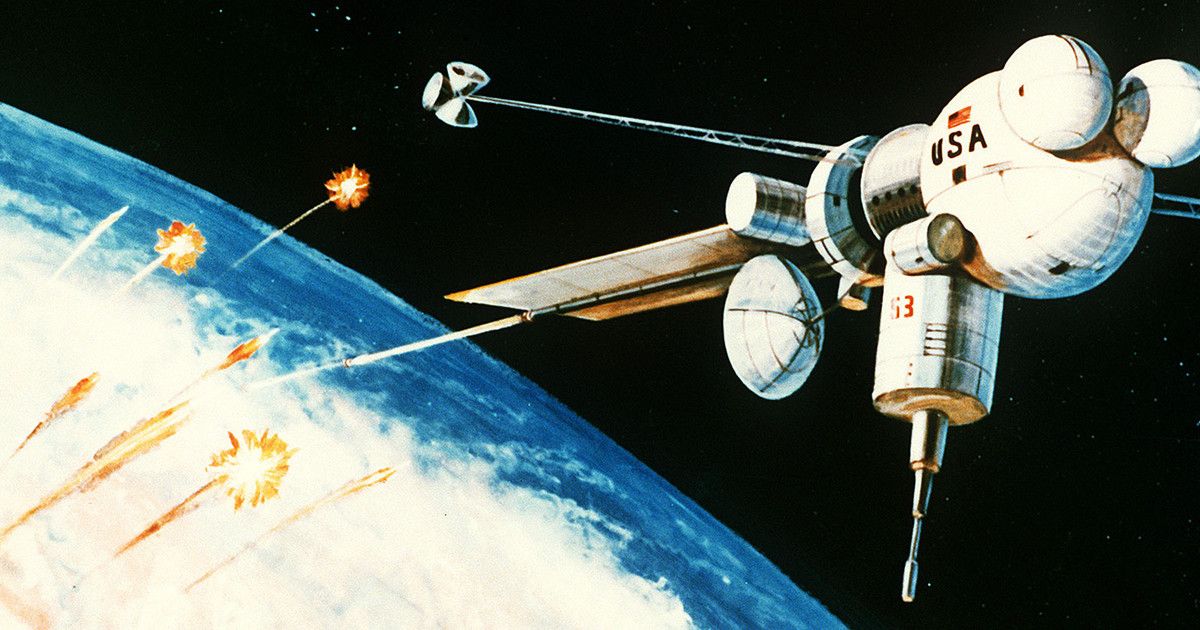
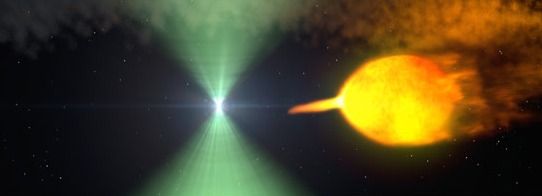
Among the intriguing issues in plasma physics are those surrounding X-ray pulsars—collapsed stars that orbit around a cosmic companion and beam light at regular intervals, like lighthouses in the sky. Physicists want to know the strength of the magnetic field and density of the plasma that surrounds these pulsars, which can be millions of times greater than the density of plasma in stars like the sun.
Researchers at the U.S. Department of Energy’s (DOE) Princeton Plasma Physics Laboratory (PPPL) have developed a theory of plasma waves that can infer these properties in greater detail than in standard approaches. The new research analyzes the plasma surrounding the pulsar by coupling Einstein’s theory of relativity with quantum mechanics, which describes the motion of subatomic particles such as the atomic nuclei—or ions—and electrons in plasma. Supporting this work is the DOE Office of Science.
Quantum field theory
The key insight comes from quantum field theory, which describes charged particles that are relativistic, meaning that they travel at near the speed of light. “Quantum theory can describe certain details of the propagation of waves in plasma,” said Yuan Shi, a graduate student in the Princeton Program in Plasma Physics and lead author of a paper published July 29 in the journal Physical Review A. Understanding the interactions behind the propagation can then reveal the composition of the plasma.
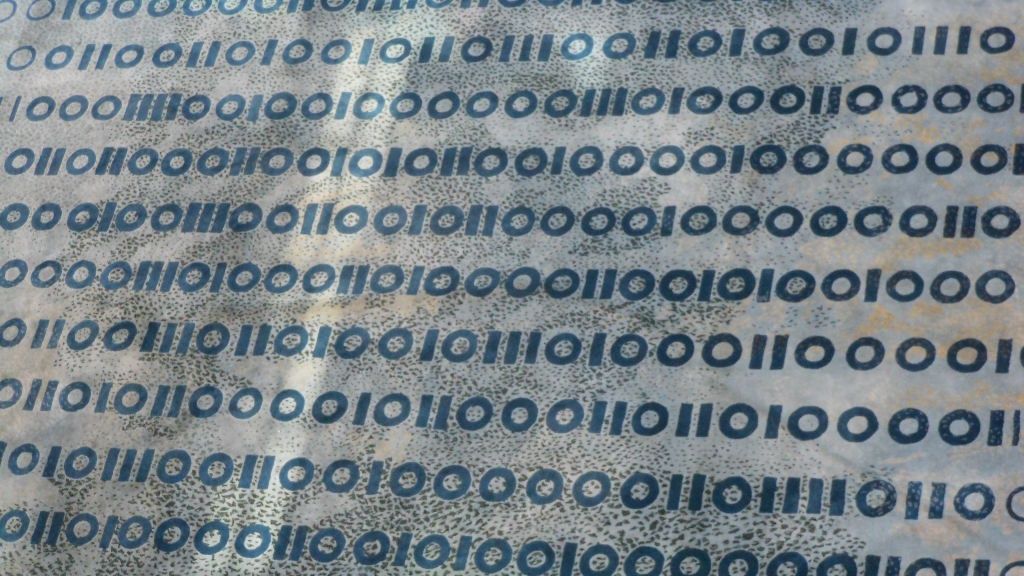
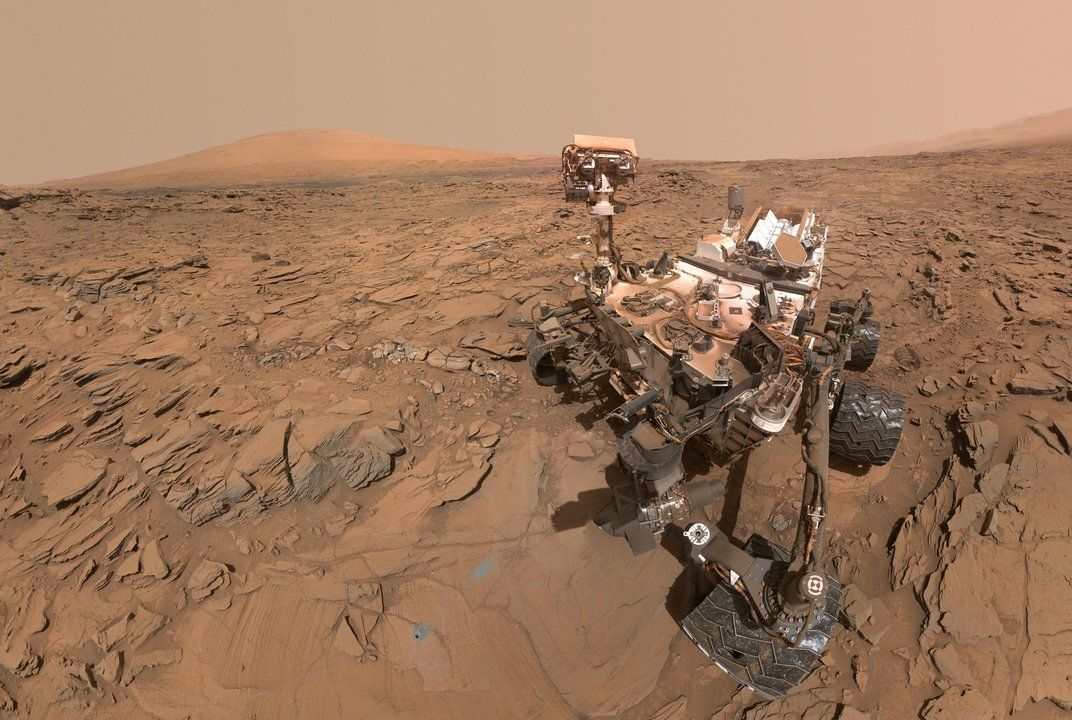
The methane seems to bloom in the Martian summers when the atmosphere is viewed with spectrography lenses on powerful telescopes I read once. Which always made me wonder if there’s algae of some form in the subsoil.
Scientists are getting closer to solving one of the biggest Martian mysteries.

Growing up in Jakarta’s polluted slums, Vera Mulyani loved building things. As a child, she dreamed of becoming an architect.
More than two decades later, Mulyani is a self-proclaimed “Marschitect,” and spends her time brainstorming how human life might be sustained on the red planet. After studying at École d’Architecture de Nantes in France and at New York Film Academy, in January 2015 she founded Mars City Design, a think tank of sorts aimed at developing blueprints for the first self-sustaining city on Mars.
Earlier this month, Mars City Design raised $30,382 on Kickstarter to realize the next phase of its mission: Within the next three years, the group wants to 3D-print three to-scale habitat prototypes of Martian cities at Reaction Research Society’s test area in the Mojave Desert.
